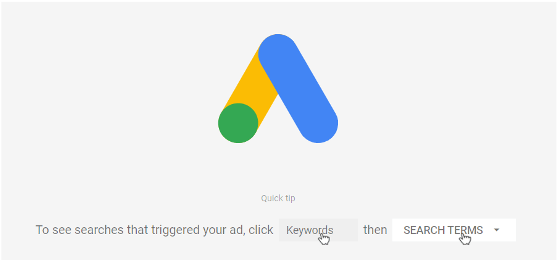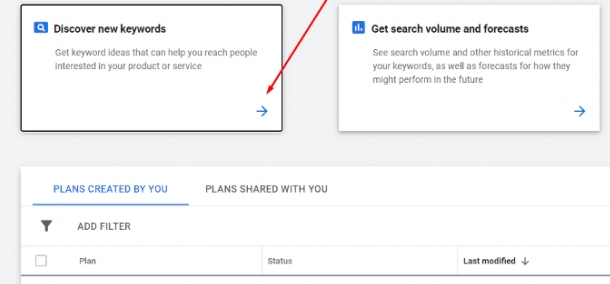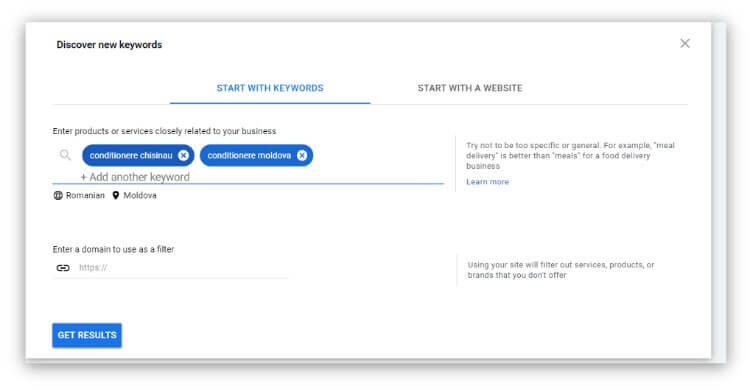In this article, we will present the most important elements of On-Page SEO and we will offer you suggestions for optimizing them, for maximum benefits on the SEO side.
So, the main elements of On-Page SEO are:
1) Meta tags;
2) Headings;
3) Optimized images;
4) Links structure;
5) Anchor texts;
6) Site loading speed.
Meta tags:
Each CMS (on-site content management system) has special fields for meta tags. The screenshot on the right shows how to edit meta tags in WordPress with the Yoast SEO plugin.
Title tag: an accurate and concise description of the content of that page
Length: 50-60 characters
Tips:
- Put the keywords in the first words of your title tag
- It increases the importance of the brand
- A good title tag will help you increase brand awareness and increase the click-through rate
- Consider the readability and the emotional impact.
- We should add round and square brackets at the end of the titles. 3.3 million titles were analyzed in one study, and the result: those with parentheses outnumbered those without parentheses by 33%! Types of parentheses used would be:
- (2022)
- [Infographic]
- (New information)
- [Report]
- (Case Study)
- (Scientifically proven)
- Use numbers, they will improve the CTR.
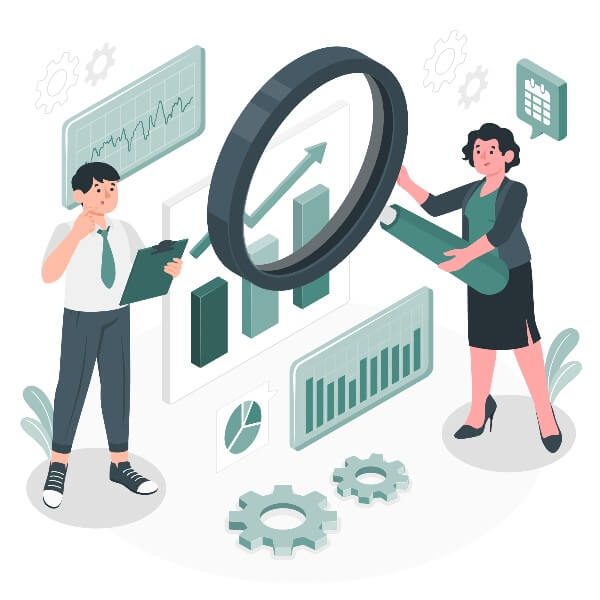
Meta Descriptions:
Tips:
- Search engines do not use keywords or phrases in this tag for ranking, but meta descriptions are the primary source for the snippet of text displayed in the results list.
- Should be no longer than 160 characters.
- You should put emotion in the meta description. Like you do in the title tag.
- You should sell the idea of WHY someone should access our result. Is our content intelligible? Based on studies? Funny?
- You should copy words and phrases used in paid advertising (through G. Ads) and include them in the meta description.
- Finally, you should include the target keyword. Google will highlight it.
- Use powerful words in your meta descriptions, because they have an emotional impact. Here is a list of different powerful words:
- Efficient
- Incredible
- That works
- Case studies
- Example
- Proven
- Study
- New
- Strong
- Relevant
- Cheap
- Advantageous
- Win.
Headings:
H titles provide a good structure to your articles, highlighting their title and subtitles:
- H1 - only once per page
- H2 - only 1-2 per page
- H3-H6 - have no restrictions.
Optimized Images:
1) Image Compressor (imagecompressor.com) - for JPEG and PNG files, up to 20 images can be uploaded at once
2) Iloveimg (iloveimg.com) - JPG, PNG, GIF. 15 images for unauthorized users at once. Authorization - 30. Images can be uploaded from Google and Dropbox.
3) Compressjpeg (compressjpeg.com) - up to 20 .jpg or .jpeg images in an hour.
4) Tinypng (tinypng.com) - at once up to 20 PNG and JPG images. The Pro account will cost $ 25 per year.
5) https://picresize.com - Helps you resize images to the size you need, just one at a time.
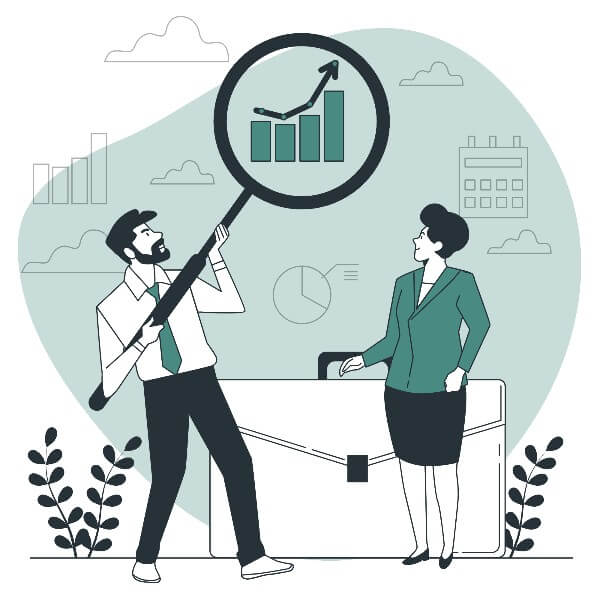
Site upload speed:
Tools to be used:
- Page speed insight: https://developers.google.com/speed/pagespeed/insights/
- GTmetrix: https://gtmetrix.com
The Meta Robots tag is used to control the activity of search engines at a page level.
Meta Robots Commands:
- Index / Noindex tells search engines whether the page should be crawled and stored in the search engine index for display in search results. If you choose to use "noindex", the page will be excluded from the index.
- Follow / nofollows tells the engines if the links on the page should be accessed. If you choose to use the "nofollow" tag, the engines will ignore the links on the page either for indexing or for ranking data.
Open Graphs represent the same meta tags, only they appear on Social Media: you may need more offers and more engagement on Social Media.
"Canonical" attribute:
From an SEO standpoint, the Canonical attribute is similar to a 301 redirect. In essence, you're telling search engines that multiple pages should be considered one (not displaying a 301 response), but without actually redirecting visitors to the new URL.
Accessible crawler link constructions:
Hundreds of thousands of sites make critical mistakes about link structure, so search engines can't access their site's pages, preventing pages from being indexed by search engines.
For example, Google has reached page A and sees links to pages B and E. However, even though C and D may be important pages on your site, the crawler has no way to reach them. to them (or to find out that they exist). This is because there are no direct links to these pages. From Google's point of view - they just don't exist!
Excellent content, good keyword usage, smart marketing - it won't make a difference if the engines can't get to your site pages!
Schema.org:
Pages with Schema formatting have a higher SERP CTR (Google clickthrough rate). So, if you want to get a top position in search engines, make sure that your site has Schema.org implemented.
Minimum OG for Facebook:
<meta property="og:title" content="title" /> <meta property="og:description" content="desc" /> <meta property="og:type" content="website" /> <meta property="og:url" content="http://url.com/" /> <meta property="og:image" content="http://url.com/image.jpg" />
Keyword analysis:
- Google Ads: a Google advertising service for companies that want to show ads on the search engine and the Google Ad Network. Google Ads allows businesses to set an advertising budget and pay only when users click on ads.
